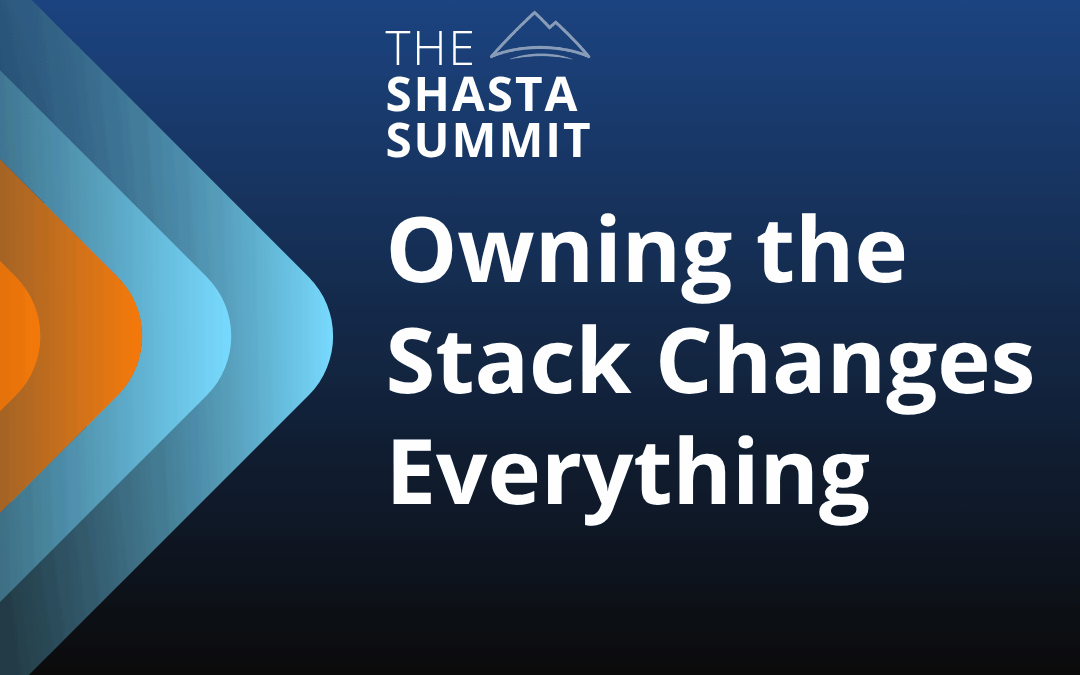The most successful MSPs are becoming builders, not brokers.
Everyone is selling the same hardware, quoting the same vendors, and fighting for the same few points of margin. But a new model is here, and it is changing who controls the customer relationship.
The biggest shift in networking is not faster APs or AI-driven dashboards. It is ownership. The MSPs leading the next wave are not reselling someone else’s product. They are owning their platform, their brand, and their margins. In this edition:
-
Why platform ownership is the next leap for MSPs
-
What this shift means for your business model
-
How Shasta Cloud helps make it real
From Reseller to Platform Owner
Over the past decade, MSPs have done more than manage networks. They have become the de facto IT departments for entire industries. But the economics have not kept up.
According to Channel Futures’ 2025 State of MSP Economics Report, average gross margin on networking resale has dropped below 9 percent, while service delivery costs have risen 12 percent year over year. Add in vendor deal registration and licensing complexity, and even successful partners are feeling the squeeze.
That is why the next generation of MSPs is pivoting from reseller to platform owner. Instead of selling someone else’s network, they are building their own, powered by automation, open hardware, and a white-label stack that keeps the control and the brand in their hands.
When you own the stack, you decide:
-
Your brand. Your logo in the interface, not someone else’s.
-
Your margins. Predictable economics without channel taxes or co-brand conflicts.
-
Your roadmap. APIs and integrations that match your customers, not your vendor’s priorities.
The Economic Multiplier of Control
Owning the platform does not just change who gets credit. It changes the math. For example, partners running Shasta Cloud’s model report:
-
Install times reduced by up to 40 percent through zero-touch provisioning and automation.
-
Customer cost savings of 10 to 20 percent compared to legacy vendor systems.
-
Margin gains of 3 to 4 times due to all-in licensing and flexible hardware sourcing.
These gains do not come from cutting corners. They come from cutting friction. When hardware, software, and automation are unified under one platform, you can scale outcomes faster and reinvest savings into your services business, not your supplier’s quota.
And when your brand sits on top of it all, your customers see you as the product, not the middleman.
Where to Start
If you are ready to move toward platform ownership, start with three decisions:
- Decide what you own. Own the experience and the brand. Keep supply chain, licensing, and automation under one roof.
- Build an identity. Replace the vendor carousel with your own branded portal. Lead with your SLA and outcomes, not a list of logos.
- Automate early. Treat zero-touch provisioning and API integrations as your efficiency foundation, not optional upgrades.
Owning the platform is not about building everything from scratch. It is about using an open, API-first foundation that lets you control your customer experience end to end. That is the engine Shasta Cloud provides, the toolkit that lets you compete up and down market, on your terms.
Final Word
The future of networking does not belong to the biggest vendor. It belongs to the most adaptable partner.
When you own the stack, you own the story. Let’s make it easier together. Thanks for reading, and catch us next week on The Shasta Summit.

